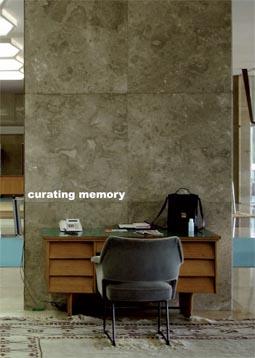Curating Memory

Students: Maja Miladinovic, Christian Liechti, Chris Keller
Location: Group work in Belgrade
Date: July, 2006
Type: Research project, student work
This case study will look at urban and architectural ensembles that are linked with the expression of the position of Belgrade as a capital city from the WWII onwards.
In a short and unstable history Belgrade’s role as a capital city and its spatial idioms were rewritten repeatedly. Since 1830, marking Serbia's independency from the Ottoman Empire, until the present day, the position of Belgrade as cultural and symbolic fulcrum of a larger territory had changed several times. (For example, from 1830 to 1919 it was the capital of teh Kingdom of Serbia; from 1919 to 1939 it was capital of the Kingdom of Serbs, Croats and Slovenians; from 1944 to 1990 it was the capital of the Socialist Federative Republic of Yugoslavia under Tito, etc. More recently, its status changed once again, after the secession of Montenegro in 2006.) To a larger or lesser extent, each period corresponded with creation of iconic architectural objects that embodied state's functions and expressed the city’s symbolic role.
During the crisis of the 1990s, most of the of modernist urban spaces /buildings /complexes that defined Belgrade as the capital of communist Yugoslavia were discharged of their public character. In some cases the role of these artifacts as cultural or ideological markers was diminished with the critical reevaluation of the communist past; in other cases important public buildings were simply destroyed during the NATO bombing in 1998/98.
Download the Book PDF

